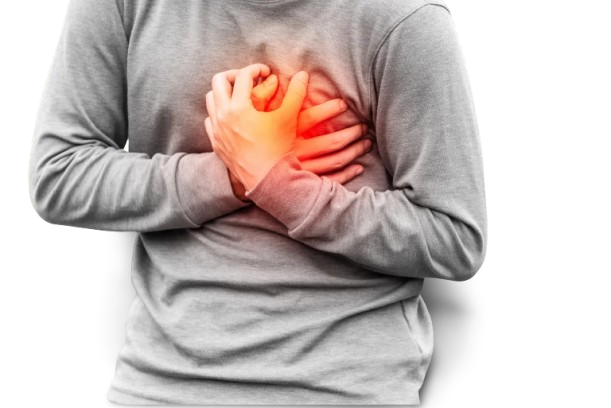10 Reasons Why Cellphones Are Bad For Your Health
1. Cancer Risk: A new study from Sweden suggests decades of cell phone use can triple your chances for brain cancer.
2. Sleep less: individuals with smartphones in the bedroom sleep less each night. In addition, microwave radiation from cell phones is much riskier for kids than originally thought. One study noted a child's brain tissue and bone marrow actually absorbs significantly more than those of an adult.
3. Disease Carriers: a recent study noted cell phones could be as dirty as public toilet seats, and that the heat phones generate makes a perfect breeding ground for bacteria.
4. Cell phones actually interfere with normal socialization: a team of researchers found cell phones actually interfere with normal socialization. The near constant use even creates learned compulsive behaviors (like self-importance).
5. Spinal Misalignment: constant tilting down to look at your phone screen can take its toll, leading to neck and back pain as well as migraines.
6. Negatively affects emotions: The presence of a cell phone while two or more people are talking face-to-face can generate negative feelings toward the person who has his or her device visible. In two studies conducted at the University of Essex in the United Kingdom, researchers studied the effects of a mobile device during a nose-to-nose conversation. In the first study, 37 pairs of strangers were asked to spend 10 minutes talking to each other about an interesting event that happened in their lives within the past month. Half of the participants were seated in a secluded area with a mobile device present on a desk nearby whereas the other half remained without a cellphone. The results of the study showed that those who had a mobile device nearby were perceived less positive by the stranger, compared to the other participants without a cell phone presen
7. Ncreases stress levels: In a study researchers found high mobile phone use was associated with stress and sleep disturbances for women, whereas high mobile phone use was associated with sleep disturbances and symptoms of depression in men. Overall, excessive cell phone use can be a risk factor for mental health issues in young adults.
8. Increases risk of eye vision problems: Screens on mobile devices tend to be smaller than computer screens, which means you are more likely to squint and strain your eyes while reading messages.
9. Road accidents: studies show that using a mobile phone while driving greatly increases the risk of traffic accidents.
10. Scientists in countries around the world have published their own results on other health problems that appear to be a result of increasing cell phone usage. the following health problems connected to cell phone radiation:
• salivary gland tumors
• dizziness and migraines
• less sleep and poor sleep quality
• changes in production of specific proteins in human cells
• decreased sperm count and quality
• skin irritation, especially on the face (this is a condition known as electrohypersensitivity)
• behavioral problems and increased chance of cancer tumor development in children.
References:
- http://center4research.org/healthy-living-prevention/products-with-health-risks/can-cell-phones-harm-our-health-2/
- http://www.medicaldaily.com/5-reasons-why-cellphones-are-bad-your-health-247624
- http://www.globalhealingcenter.com/natural-health/5-ways-cell-phones-harm-health/
- https://www.betterhealth.vic.gov.au/health/healthyliving/mobile-phones-and-your-health




































